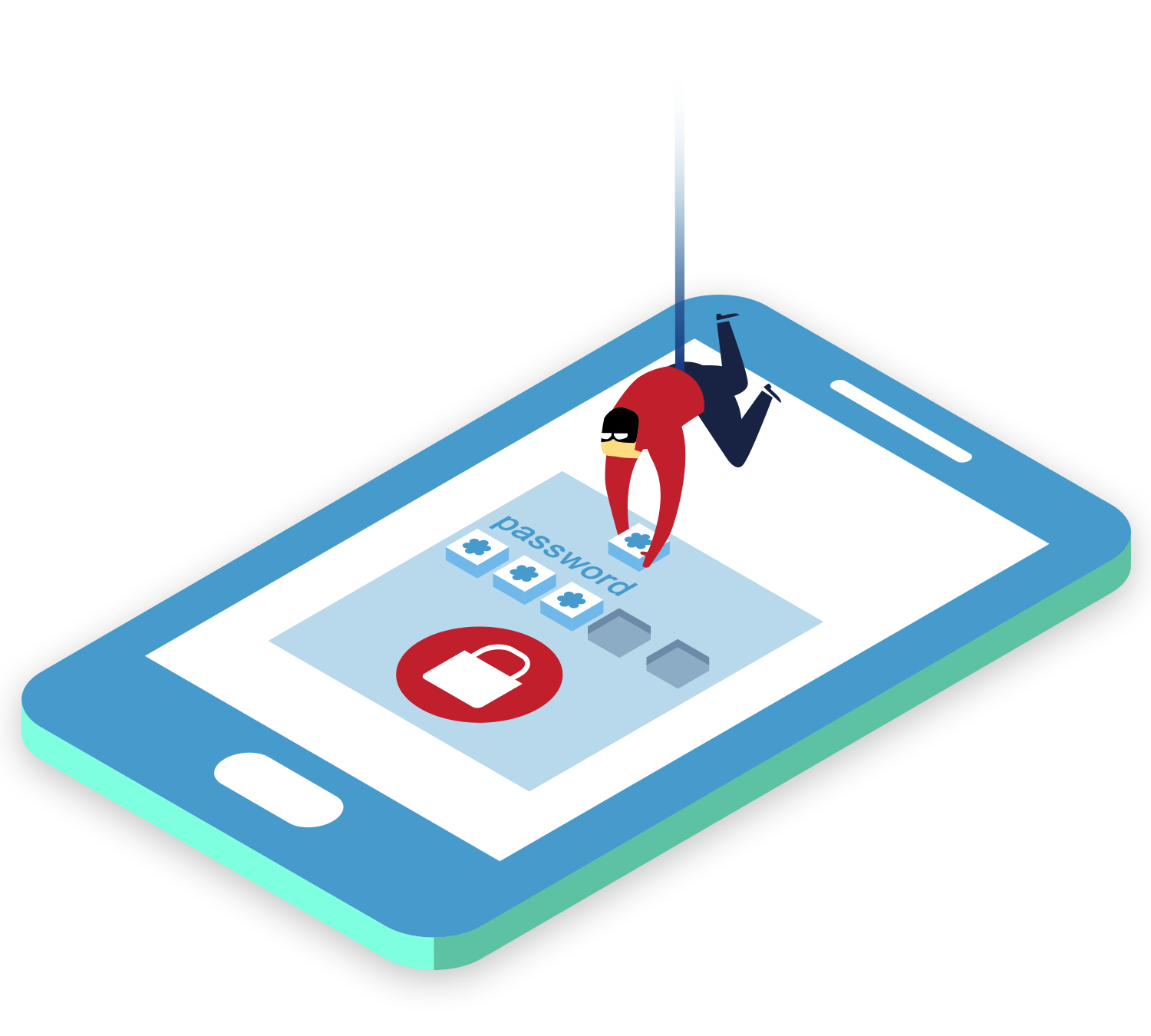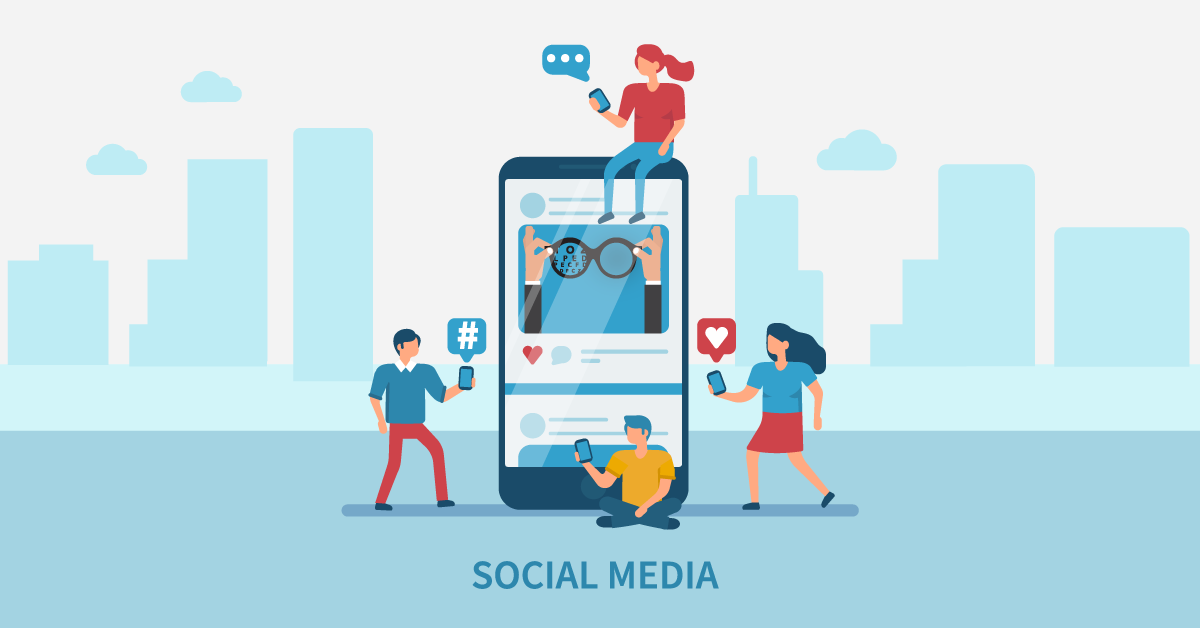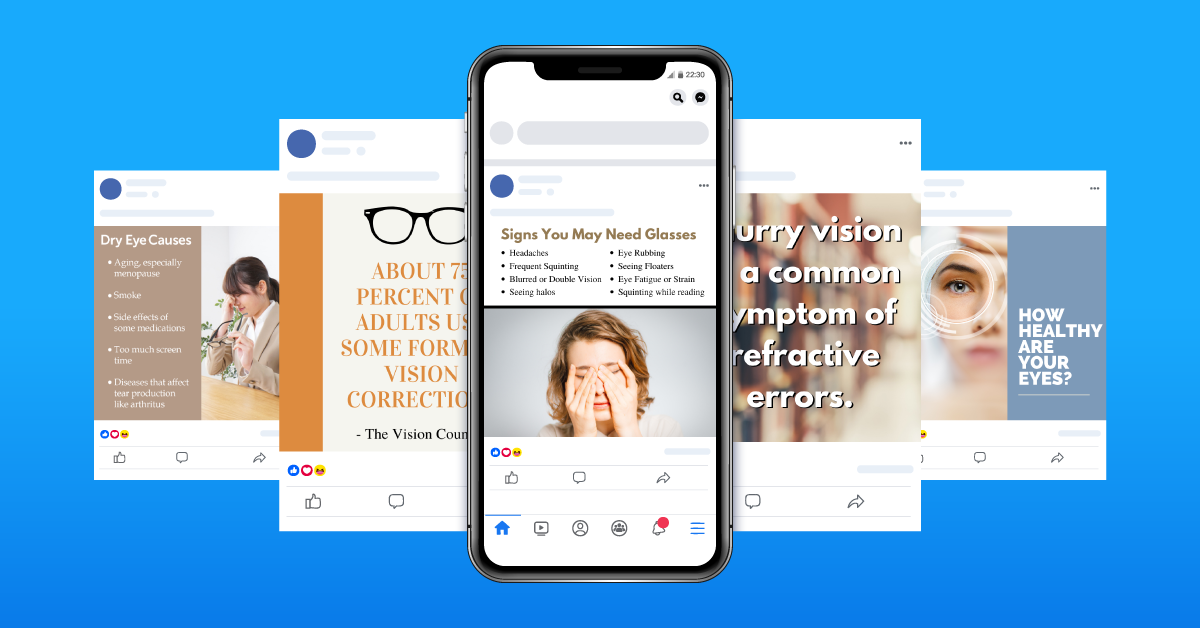What Happened to Google+?
In early October, Google announced that it will be shutting down its social network, Google+, over the next ten months. The event that triggered this decision was the final push for the tech giant to begin sunsetting the social platform, but there are a slew of reasons that informed Google’s action.
If you’re not too familiar with Google+, it may be because it didn’t reach the same kind of popularity as Facebook or other social platforms. However, it has been a great place for professionals to connect and businesses to communicate. This platform is generally used by tech-savvy individuals and companies that use the site for internal communication between employees. Google+ users are overwhelming male at 73.7% and tend to be in the millennial age group. Of these users, 90% have never publicly posted to their profiles. This tells us that most members are likely using the network for professional purposes.
Whether you’re a loyal Google+ user or just learning about the platform, it’s important to keep up to date on the latest news in social media marketing. Though the network’s popularity doesn’t quite stack up to that of Facebook or Instagram, 70% of brands did maintain a presence on the platform.
Additionally, if you had a profile on Google+, you may want to know a little more about what happened to spark the sunset. Stay tuned and we’ll go over exactly what happened to Google+.
The Security Breach
 Google+’s destiny was sealed when the Wall Street Journal reported that Google failed to notify users that their data had been left vulnerable by a security flaw. This bug revealed the private profile data of over 500,000 users, including information like email addresses, birth dates, occupations, profile photos, and more. While this data was made accessible to third parties, Google claims that it has found no evidence that that data has been misused. The bug did not access data like posts, messages, or Google Suite content.
Google+’s destiny was sealed when the Wall Street Journal reported that Google failed to notify users that their data had been left vulnerable by a security flaw. This bug revealed the private profile data of over 500,000 users, including information like email addresses, birth dates, occupations, profile photos, and more. While this data was made accessible to third parties, Google claims that it has found no evidence that that data has been misused. The bug did not access data like posts, messages, or Google Suite content.
When Google uncovered this bug in March, they didn’t follow the typical protocol of informing users of the data breach. Instead, Google chose to sweep it under the rug to avoid heat from the media during the same timeframe of the Cambridge Analytica security breach (the data analytics firm that hacked information from 50 million Facebook profiles for political gain).
This choice has forced Google to brace for additional fire from the media which condemns their decision to keep this information private. This mistake has people calling for better regulations to protect internet users’ privacy and make tech companies responsible for securing data.
To recap, the breach…
- Affected over 500,000 users
- Exposed private data like email addresses, gender, age, birth date, occupation, and other information to third parties
- The bug did not reveal information such as messages, posts, passwords, or other Google Suite content
- Was discovered and remedied in March of 2018
- Has presented no evidence that the data was misused, according to Google
Why Google+ Failed
Due to its lack of user engagement, Google was ready to lay their social site experiment to rest even before the security breach. The bug was just the last nail in the digital coffin. Google+’s failure to achieve, “broad consumer or developer adoption” and lack of, “user interaction with apps,” is cited as the official reason for the shut down, according to Ben Smith, Google’s Vice President of Engineering.

In the past, Google has been cagey about the user engagement statistics for Google+ in an effort to boost the image of the platform. Now, they are admitting that user sessions are sporadic and short-lived, with the average user only remaining on the site for less than five seconds.
When Google+ launched in 2011, it was seen as a response to Facebook’s immense popularity. Since it came after social network giants like Myspace (throwback!) and Facebook, it was seen as too little of effort too late. It didn’t help that Google+’s original format and use was strikingly similar to Facebook, failing to offer a different way to share and absorb content, like the way Instagram did.
Eventually, Google+ did alter its format and uses to fit the kind of audience it was serving, but unfortunately, those changes didn’t gain much traction, either. However, Google+ has served as a great place for employees to connect with each other online in conjunction with the Google Suite.
What This Means to You
About 500,000 of the approximately 111 million users were affected by the data breach, but there is no way of knowing exactly which profiles have been compromised. So if you or your practice has a Google+ profile, we can’t know if additional information was acquired from your profile.
Keep in mind, this breach has targeted private profile information, so if the basic details discussed above were already made public on your profile, then you don’t have to worry about the effects of this security issue.
Preparing for the Google+ Sunset
Is your practice currently using Google+ for social media marketing? If so, your team should begin forming a plan to stop using the platform before it’s official shutdown date of April 2019.
If you have a reasonable following on Google+, begin slowly reducing the amount of content you post to the channel and start directing users to your other social pages. To make up for the lack of content you’re posting to Google+, you may want to put a little more attention to your other networks.
Remove Google+ links from your website, blog, and anywhere else where your profile may be linked. You don’t want to have inactive profiles attached to your other content. If you have information, text, photos, or videos you would like to save from your page, follow Google’s instructions on how to go about this download.
Here’s a quick to-do list you and your team can use in this transition:
- Slowly reduce the frequency and amount of Google+ posts
- Post redirects to your other social pages on Google+
- Remove links to your Google+ profile on any other web pages
- Save any content, such as photos and videos, to your preferred drive
- Focus on your other social channels by creating a consistent social media calendar
What Now?
Do you need a little guidance on how to begin utilizing your other social platforms more? Start with our social media calendar to learn what kind of content to post to which network at the best times and days of the week.
Want more free resources? Check out these articles.
How to Build Your Business’s Facebook Profile
What We Can Learn from the Best Twitter Accounts
5 Ways to Use Social Media for Your Veterinary Practice
PGNlbnRlcj48ZGl2IGRhdGEtaWQ9Ijk4ZGQ2MWYzOGQiIGNsYXNzPSJsaXZlY2hhdF9idXR0b24iIG9uY2xpY2s9InBhcmVudC5MQ19BUEkub3Blbl9jaGF0X3dpbmRvdyh7c291cmNlOidtaW5pbWl6ZWQnfSk7IHJldHVybiBmYWxzZSI+PGEgaHJlZj0iIyI+PGltZyBzcmM9Imh0dHBzOi8vaW1hdHJpeC5jb20vd3AtY29udGVudC91cGxvYWRzLzIwMTgvMDUvbGl2ZS1jaGF0LWJsb2ctMS5qcGciIGFsdD0iaU1hdHJpeCBMaXZlQ2hhdCIgd2lkdGg9IjgwMHB4IiBoZWlnaHQ9IjIyNXB4IiBib3JkZXI9IjAiPjwvYT48L2Rpdj48L2NlbnRlcj4=



